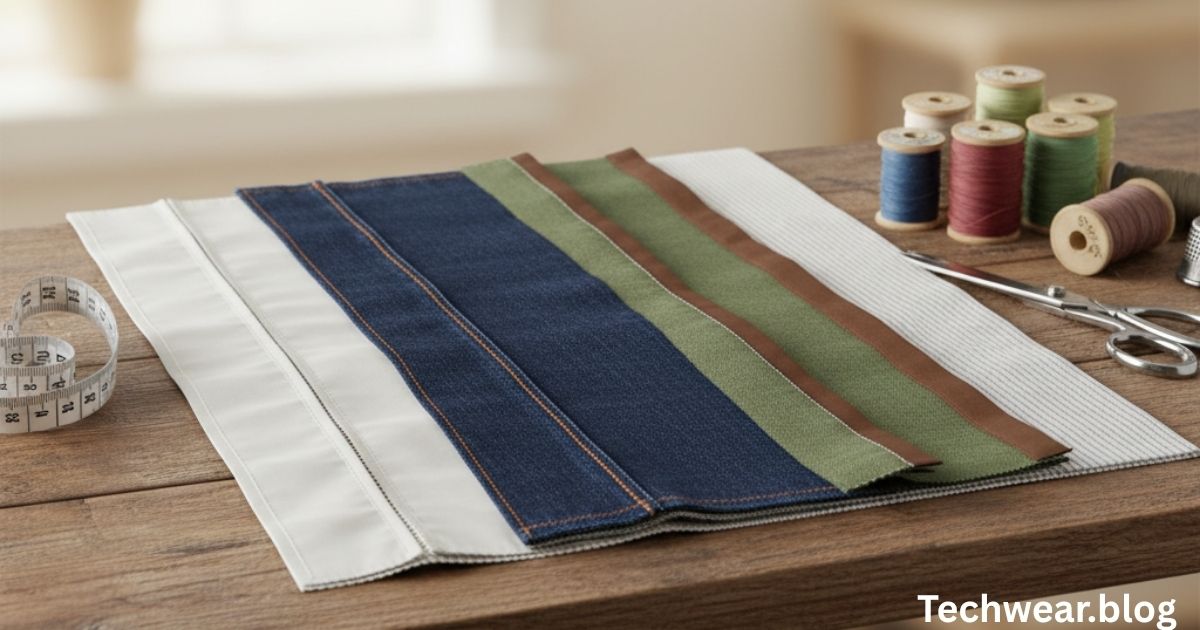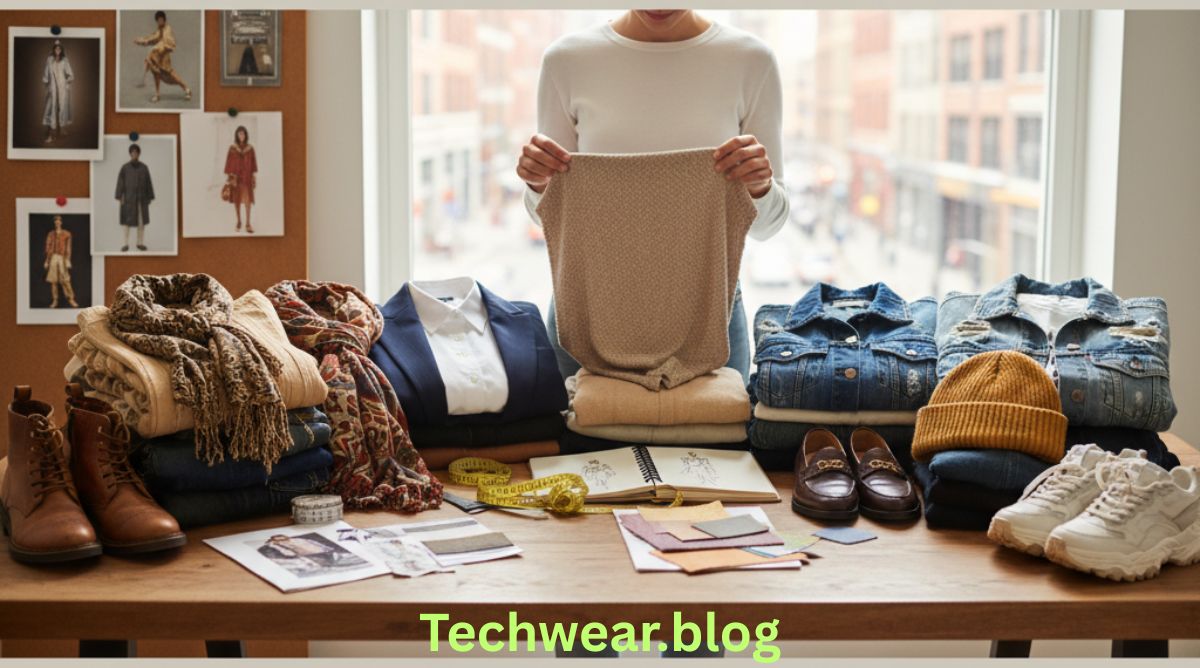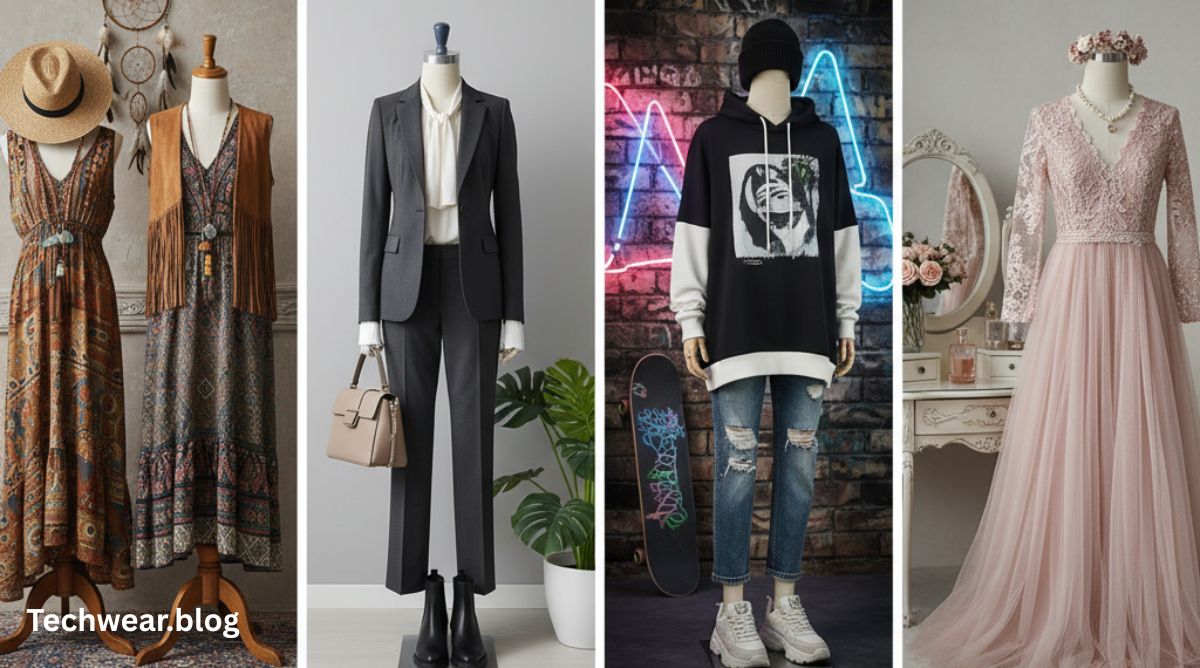Sewing is one of humanity’s oldest crafts, and seams are at the heart of it. In German, the word Nahttypen refers to different types of seams used in sewing, tailoring, fashion design, and textile manufacturing. Seams not only hold fabric together but also influence the durability, stretch, flexibility, and overall appearance of a garment. Whether you are a hobbyist sewing at home or a professional working in fashion production, understanding seam types is crucial.
In this guide, we’ll explore what Nahttypen are, their history, major categories, and practical applications.
What Are Seams?
A seam is the line where two or more pieces of fabric are joined together. It can be sewn by hand or machine, and depending on the construction method, it can serve both functional and decorative purposes. Seams affect:
- Strength and durability of garments
- Elasticity and comfort (important in sportswear or knitwear)
- Aesthetics and fashion design
- Production efficiency in industrial settings
For general background, see the Seam (sewing) article on Wikipedia.
Historical Background of Seams
Seams have existed since humans first began stitching hides and fabrics together. Ancient cultures used bone needles, sinew, and plant fibers to sew seams into clothing. Over time, seams evolved with technological advances:
- Hand sewing: The oldest method, still practiced for delicate or couture garments.
- Invention of the sewing machine: In the 19th century, the sewing machine revolutionized seam construction, allowing mass production.
- Industrial tailoring: Specialized seam types became standard in factories to optimize strength, efficiency, and style.
Main Categories of Nahttypen
There are many seam variations, but most fall into these broad categories:
1. Plain Seam (Geradstichnaht)
The plain seam is the most common and basic type. It involves placing two pieces of fabric right sides together and stitching along the edge. Variants include:
- Open seam: The fabric edges are pressed open after stitching.
- Closed seam: The seam allowance is pressed to one side.
This seam is widely used in everyday garments and is often reinforced with zigzag or overlock stitches to prevent fraying.
2. French Seam (Französische Naht)
A French seam encloses raw fabric edges within the seam itself, creating a neat and durable finish. It is often used in:
- Sheer fabrics like chiffon or organza
- Delicate blouses and lingerie
- Children’s clothing for comfort and durability
The French seam is considered elegant because it hides unfinished edges completely.
3. Flat-Felled Seam (Kappnaht)
The flat-felled seam is one of the strongest seam types. It is created by folding one edge under the other and stitching it down. It is widely recognized for:
- Use in denim jeans
- Workwear and uniforms
- Sports apparel where strength and smoothness are important
This seam has no exposed raw edges and lies flat, making it comfortable against the skin.
4. Overlocked Seam (Versäuberungsnaht)
An overlock seam is formed using an overlock sewing machine, which trims fabric edges while simultaneously stitching and finishing them. It is very common in knitwear and mass-produced garments because it is fast and prevents fraying.
5. Bound Seam (Einfassnaht)
A bound seam involves encasing raw fabric edges with bias tape or another fabric strip. It provides both protection and a decorative element. Bound seams are common in:
- Unlined jackets and coats
- Reversible garments
- Decorative finishes inside couture fashion
6. Lapped Seam (Überlappungsnaht)
The lapped seam is made by overlapping two fabric pieces instead of placing them right sides together. It is frequently used in:
- Leatherwork
- Outdoor clothing and tents
- Items where extra reinforcement is necessary
7. Decorative Seams (Ziernähte)
Some seams are purely aesthetic. Using contrasting thread or topstitching, decorative seams add visual interest to garments, accessories, or upholstery. While they serve some structural function, their main role is design.
Seams for Different Fabrics
The choice of Nahttyp depends on the fabric:
- Lightweight fabrics (silk, chiffon): French seams or narrow rolled seams prevent fraying and bulk.
- Heavy fabrics (denim, canvas): Flat-felled seams provide strength.
- Stretch fabrics (jersey, lycra): Overlocked seams allow elasticity.
- Coated fabrics (leather, vinyl): Lapped seams and specialized needles help manage thickness.
Industrial Use of Seam Types
In the textile industry, seam choice directly impacts cost and efficiency. High-volume production often relies on:
- Overlock seams for speed
- Chain stitches for elasticity
- Specialized industrial machines for denim or sportswear
Correct seam choice reduces fabric waste, improves product lifespan, and increases customer satisfaction.
Seams in Fashion Design
Fashion designers use seam placement strategically to alter silhouettes, add shape, or highlight certain body features. Examples include:
- Princess seams: Running down the bodice to add structure and a flattering shape.
- Empire seams: Positioned under the bust to elongate appearance.
- Topstitched seams: Enhancing visibility in denim or casual wear.
Seam Finishes
Beyond construction, seams require finishes to protect raw edges:
- Zigzag stitch (basic finish on home machines)
- Overcast stitch (hand finish)
- Bias binding (used for bound seams)
- Pinking shears (mechanical finish preventing fray in woven fabrics)
Seams in Technical and Protective Clothing
Specialized clothing — such as uniforms, sportswear, and protective suits — requires seams that withstand stress, moisture, and wear. For example:
- Waterproof seams in raincoats use sealed tapes.
- Firefighter suits employ flame-resistant threads.
- Sportswear integrates flat seams to reduce chafing.
Future of Seam Technology
Innovations in textile engineering are influencing seam construction. New trends include:
- Ultrasonic seams: Bonding fabrics using sound waves instead of thread.
- Laser-cut seams: Clean edges without fraying.
- Seamless knitting technology: Used in sportswear and medical textiles.
These developments reflect how Nahttypen continue to evolve with fashion and industry.
Conclusion
Understanding Nahttypen is essential for anyone working with textiles — from home sewers to industrial manufacturers. Seams are more than just lines of stitches; they determine the strength, flexibility, and beauty of garments. With advances in technology and fashion trends, seam types will continue to adapt, offering both functional and creative opportunities.










